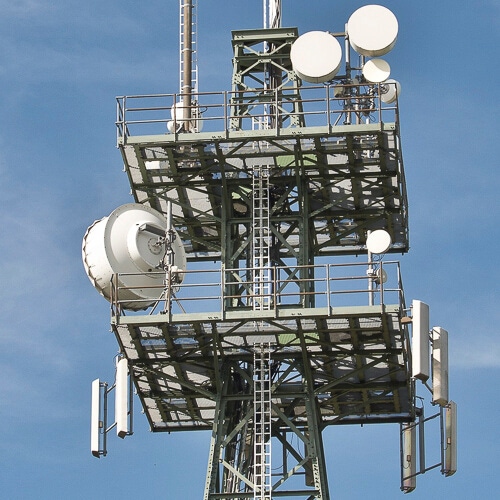
Telcos spend vast sums on their spectrum, and so any software company claiming it can double a telco's network capacity – and, by implication, the value of the telco's spectrum – is bound to turn a few heads. Such is the basic pitch of Cohere Technologies, which pocketed about $46 million in funds this time last year and could already namedrop some impressive-sounding investors. Now it has another to show off.
Bell Ventures, the new investor unveiled today, is the venture-capital arm of Bell Canada, one of Canada's "big three" mobile operators. It appears to be the second telco investor in Cohere after Australia's Telstra previously stumped up money dating back to a $35 million funding round in 2015. Cohere's other investors now include Intel Capital, VMware and Juniper on the industry side. But the company that led the $46 million round last year was Koch Industries, a conglomerate with fingers in all sorts of pies. Cohere has also received money from NEA and Lightspeed, two venture funds.
It is not disclosing how much Bell will contribute, but that is probably not the most important detail. The whole point of the investment is to support network trials of Cohere's technology in Canada. If that ultimately leads to some kind of commercial rollout with Bell, Cohere's fortunes could change fast.
Figure 1:  Cohere's technology could boost the signals generated by mobile towers.
Cohere's technology could boost the signals generated by mobile towers.
(Source: Pixabay)
Broadly speaking, Cohere has a couple of technologies that seem to interest the Canadian operator. The first is what Cohere calls its Universal Spectrum Multiplier (USM), the performance-boosting software that has already been lauded by operators including Deutsche Telekom and Vodafone after their own successful trials. Based on a system known as beamforming, the USM essentially works by focusing mobile signals on their targets with sniper-like precision, rather than spraying them wildly around cells, as happens across much of today's mobile infrastructure.
Bell also appears interested in orthogonal time frequency space (OTFS), a waveform Cohere has been touting as a candidate for use in future 6G networks. Today's 4G and 5G networks are based on a technology called orthogonal frequency division multiplexing (OFDM). Some telcos have played down the possibility of radical change at this level with the 6G transition, but if OTFS were rubber-stamped by the 3GPP, the international standards group, Cohere would stand to benefit. Bell's apparent interest is encouraging for OTFS supporters.
Open RAN pitch
But there are still big questions for Cohere. After making some noise about funding and technology at and in the run-up to last year's Mobile World Congress, it had a reasonably quiet 2022 (publicly, at least). Early proponents of the technology like Deutsche Telekom, which ran trials about three years ago, have not subsequently followed up with commercial deals.
That's largely because existing networks come mainly from Ericsson, Huawei and Nokia, which have not opened their traditional products to support Cohere's software. Cohere has swung behind the concept of open RAN, whose interfaces would allow this to happen. But open RAN still accounts for a small percentage of the market, even if it is projected by Dell'Oro, a research firm, to grow its market share to between 15% and 20% by 2027.
Cohere says its USM can run as a software application (what the industry now refers to as an xApp) on a platform dubbed the RAN intelligent controller (RIC), built by the likes of VMware. But the route to commercialization probably lies in agreements with baseband software suppliers, said Gabriel Brown, a principal analyst with Heavy Reading (a sister company to Light Reading), during an interview about a year ago. That would mean agreements with RAN giants like Nokia or challengers such as Mavenir.
Beamforming per se is not a proprietary Cohere technology, either. Cohere's version is intriguing partly because – according to Vodafone – it could effectively address radios that feature only a handful of transmitters and receivers per unit. When it comes to more advanced "massive MIMO," where each unit might incorporate 64 or even 128 of those transmitters and receivers, various other beamforming options may be available.
After a quiet spell on the news front, today's update shows Cohere is still very much on the telco radar. Bell and Telstra are a big deal in their respective markets, and they would hardly have contributed funds if they did not believe Cohere's technology has value. Just how much will depend on what happens next.
Related posts:
— Iain Morris, International Editor, Light Reading
About the Author(s)
You May Also Like











